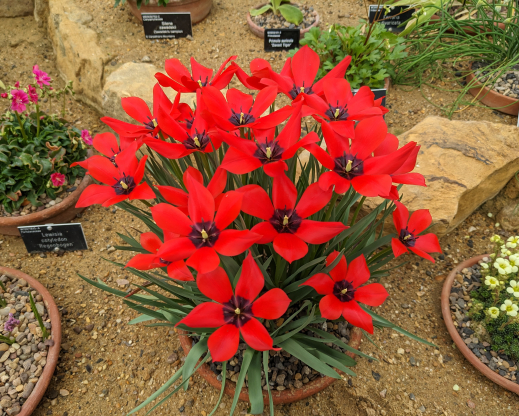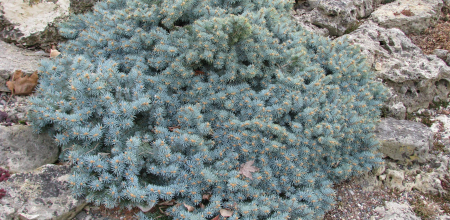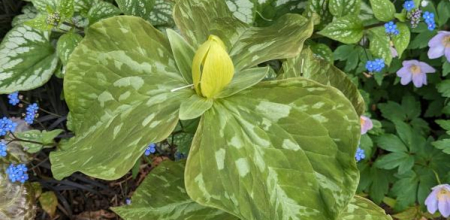Plant of the Month
Other plants of the month
-
Dec, 2025 Tulipa linifolia
-
Nov, 2025 Primula bulleyana
-
Oct, 2025 Picea pungens 'St. Mary's Broom'
-
Sep, 2025 Androsace sarmentosa
-
Aug, 2025 Gentiana cachemerica
-
Jul, 2025 Minuartia laricifolia
-
Jun, 2025 Onosma cinerea
-
May, 2025 Trillium luteum
-
Apr, 2025 Narcissus bulbocodium
-
Mar, 2025 Peltoboykinia watanabei
-
Feb, 2025 Saxifraga federici-augusti
-
Jan, 2025 Penstemon pinifolius
- 1 of 17
- next ›
Tulipa linifolia
December 2025
This species tulip is native to Uzbekistan, Tajikistan, northern Iran and Afghanistan, where it grows on rocky hillsides. In the trade, it goes under several synonyms, the most popular being Tulipa batalinii. However, it also includes the "species" maximowiczii and afghanica. From a bulb, arises a stem to 10-25 cm, topped with a solitary flower about 6 cm in diameter. The flowers are typically red, but can vary from yellow, bronze to deep red. The foliage is narrow, grey-green,...





